Venice, the floating city, is a place that has captured the imagination of the world. With its gondolas gliding through narrow canals, its bridges arching gracefully over the water, and its historic architecture standing as a testament to centuries of art and culture, Venice is a destination that beckons millions of tourists each year. Yet, beneath its enchanting surface lies a city struggling to maintain its identity and its very existence.
For many visitors, Venice is the epitome of a dream destination—a place tailor-made for Instagram posts and romantic getaways. However, for the dwindling number of Venetians who call this city home, the reality is far more complex. Venice has become a symbol of the excesses of modern tourism, a city transformed into a theme park, overrun by tourists and hollowed out by vacation rentals. The statistics are stark: around 30 million tourists visit Venice annually, a number that dwarfs the local population, which has now dwindled to less than 50,000.
The challenges facing Venice are multifaceted. Venetians who wish to remain in their city face a severe lack of housing stock, as homes have been increasingly converted into vacation rentals. This trend has led to a scarcity of shops catering to everyday needs and a dearth of job opportunities outside the tourist industry. Meanwhile, the influx of visitors continues, with around 90% of tourists being day-trippers. While they do not contribute to the housing shortage, they consume city resources and leave little money behind in the local economy. It is no wonder that some refer to Venice as the "dying city" and the "sinking city."
Simone Venturini, the city councilor for tourism, acknowledges these issues in a recent documentary. However, the city authorities' efforts to address the problem, such as the 5 euro day-tripper fee trialed in 2024 and set to be repeated in 2025, and the Smart Control Room, which monitors visitor movements, have met with mixed responses. While some see these measures as necessary steps to manage tourism, others argue that they do not go far enough.
In the face of these challenges, many Venetians are taking matters into their own hands, working to preserve the city they love and collaborating with visitors to promote more sustainable tourism. One such initiative is Fairbnb, launched in 2018 by Emanuele Dal Carlo. This platform for vacation rentals is owned strictly by local residents, ensuring that the benefits of tourism stay within the community. Unlike Airbnb, which has 8,322 listings in Venice, with 77% being entire properties and two-thirds of hosts having multiple listings, Fairbnb caps the number of properties an owner can advertise. Moreover, 50% of the platform fees are channeled into local projects, directly benefiting the destination.
Dal Carlo, who is among the tens of thousands of Venetians who have left the city for the mainland, emphasizes the importance of preserving Venice's unique character. "We have nothing against private property, but if you rent 20 houses only to tourists, then you become a problem for your community," he says. He warns that there is a tipping point beyond which Venice may never recover. "There’s not going to be another Venice. Once you have helped change this place forever, it’s not coming back."
Other Venetians are fighting decline by keeping traditions alive. Elena Almansi practices voga alla veneta, the stand-up rowing technique that has been used by Venetians to navigate the lagoon for centuries. As a competitor in Venice’s regular regattas, she is part of a group of women offering rowing lessons through Row Venice, a sustainable tourism initiative that takes visitors on trips through the canals. This initiative allows visitors to see the city's buildings from the water, the way they were meant to be seen.
Matteo Silverio is another innovator working to preserve Venice's heritage. His startup, Rehub, takes waste materials from the famous glassblowing process on Murano and upcycles them using a 3D printer to create artistic pieces, including crockery. By repurposing waste, Silverio is not only reducing the environmental impact of tourism but also creating unique souvenirs that reflect Venice's rich artistic traditions.
Michela Bortolozzi, a designer who returned to her native city during the pandemic, is also contributing to Venice's preservation. She opened a shop called Relight Venice, where she creates products that look like souvenirs but carry a deeper message. Her signature products are candles and soaps shaped like the architectural flourishes of Venetian Gothic architecture. She hopes that by encouraging visitors to appreciate Venice's beauty without consuming it, she can help preserve the city for future generations. "My point is that Venice is as beautiful as my product—much more so. Don’t consume Venice because we cannot rebuild or re-buy it," she says.
Despite these grassroots efforts, the question remains: Is it already too late to save Venice? Fabio Carrera, whose Venice Project Center at the Worcester Polytechnic Institute has been studying the city’s problems since 1988, remains cautiously optimistic. "I think enough people realize that the [tourism] card has been overplayed now and there’s going to be some sort of retrenching," he says, citing recent protests in other tourist destinations as evidence of local communities pushing back against mass tourism.
Carrera's team focuses on improving the livability of Venice, from introducing boat routes for deliveries to reduce the damaging waves produced by boats to exploring the potential for a microalgae farm in the lagoon. The lagoon, which has been both a blessing and a curse for Venice, is a critical area of study. While it allowed Venice to become a formidable maritime power in the medieval and Renaissance periods, new canals cut during the industrial age and rising water levels due to climate change have made the city more susceptible to flooding than ever before.
In 2020, Venice saw the debut of the MOSE flood barriers, a project that had been in the works since 1988. However, the barriers, designed to be raised only a few times each year, are now in frequent use, especially during the fall and winter. In its first 14 months, the system was used 33 times. This not only has significant cost implications—the barriers cost around 200,000 euros ($206,000) to raise each time—but also affects the lagoon's natural flushing process and access to the port, one of Italy's most important.
While scientists continue to study how to manage the lagoon, Carrera is focused on more practical solutions to combat Venice's major social problem: the lack of residents. He believes that a better transport system, such as a long-discussed subway, could attract people to live in Venice while working on the mainland. "You could live in Venice and work on the mainland and get there real quick. On the mainland around Venice, there are plenty of jobs, hi-tech jobs—all the stuff we’re talking about bringing here already, is there," he says.
Dal Carlo agrees that attracting residents who are not involved in the tourist industry is crucial. "I think it’s important that we are trying to attract people, or to maintain here people that are clever, entrepreneurial because that is in the genes of the city," he says, adding that Venice was never "a city of shop owners and renters. That’s what it’s become."
Bortolozzi believes that responsible tourism can play a significant role in preserving Venice. "I think it is important that if people from abroad meet a local person to get to know the culture, get to know the tradition, get to know our problem and our happiness… he can maybe enjoy Venice in a nice way and maybe help us to preserve it," she says.
Cesare Peris, president of the Società di Mutuo Soccorso fra Carpientieri e Calfati di Venezia, which uses Squero San Isepo, one of the last boatyards in the city, fears it might be too late to help Venice—but adds that, if it isn't, the impact could be enormous. He quotes a friend who says that saving Venice is the same as saving the world from mass tourism: "If you find a way to have tourists in Venice that don’t kill the city, we maybe find the method to save all the cities of the world."
Venice stands at a crossroads, facing the dual threats of mass tourism and environmental degradation. Yet, through the efforts of dedicated individuals and innovative initiatives, there is hope. The future of Venice depends on finding a balance between preserving its unique heritage and adapting to the realities of the modern world. As the city continues to grapple with these challenges, the world watches, knowing that the fate of Venice could set a precedent for other destinations struggling with similar issues. The journey to save Venice is not just about saving a city; it is about preserving a piece of human history and ensuring that future generations can experience its unparalleled beauty.

By Jessica Lee/May 20, 2025

By Victoria Gonzalez/May 20, 2025

By Christopher Harris/May 20, 2025

By Sophia Lewis/May 20, 2025

By Natalie Campbell/May 20, 2025

By Christopher Harris/May 20, 2025

By George Bailey/May 20, 2025

By Sarah Davis/May 20, 2025

By Daniel Scott/May 20, 2025
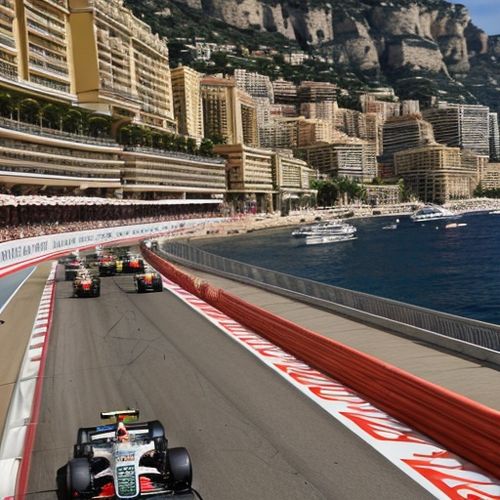
By Benjamin Evans/Apr 11, 2025
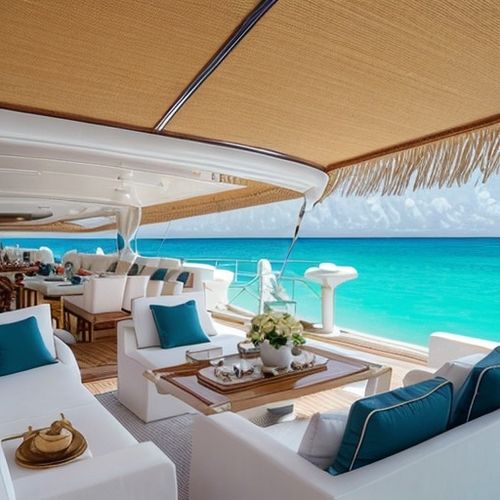
By Emily Johnson/Apr 11, 2025

By Sophia Lewis/Apr 11, 2025

By Emma Thompson/Apr 11, 2025
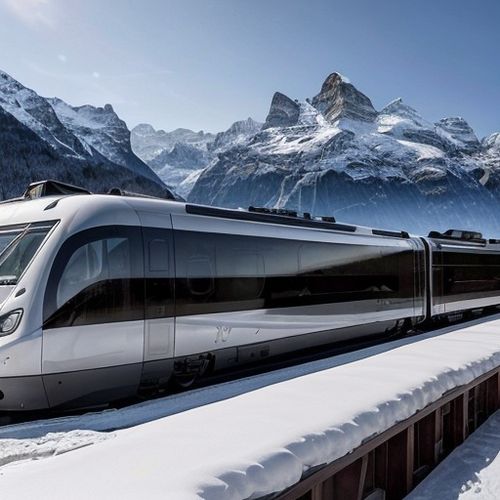
By Noah Bell/Apr 11, 2025
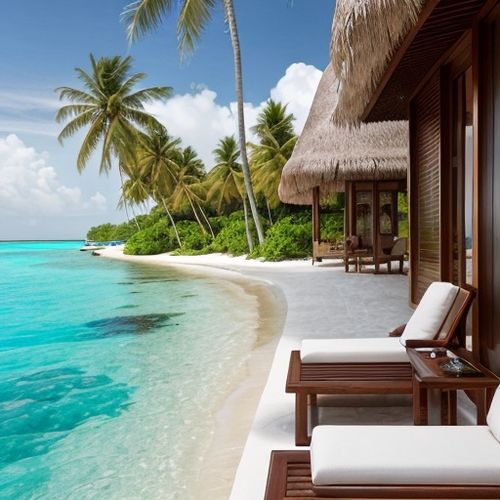
By James Moore/Apr 11, 2025
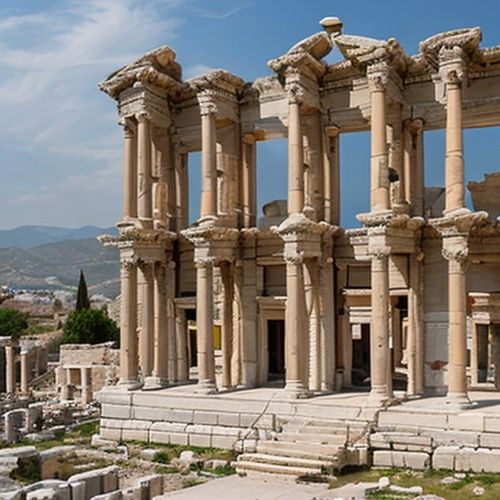
By Christopher Harris/Apr 11, 2025
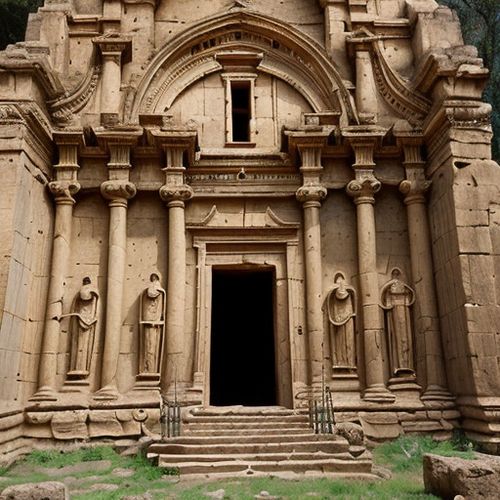
By Christopher Harris/Apr 11, 2025
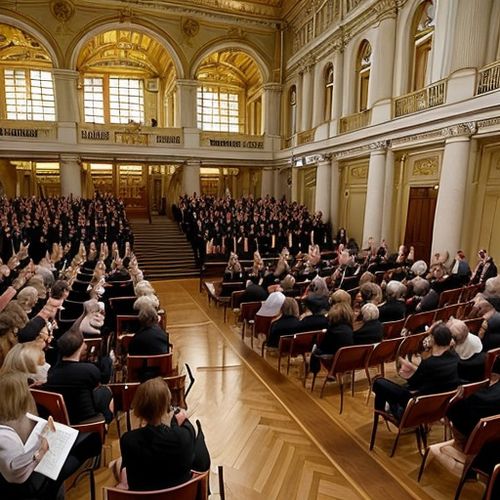
By Daniel Scott/Apr 11, 2025
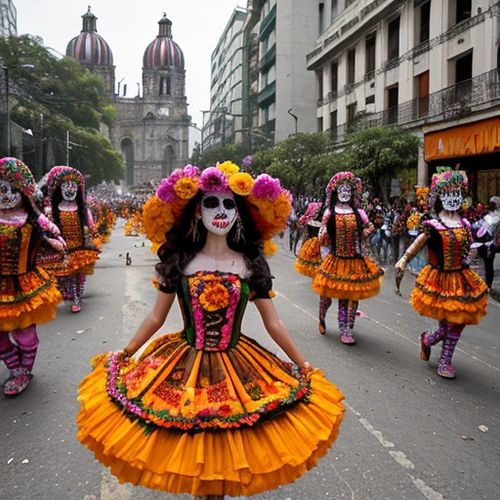
By Grace Cox/Apr 11, 2025